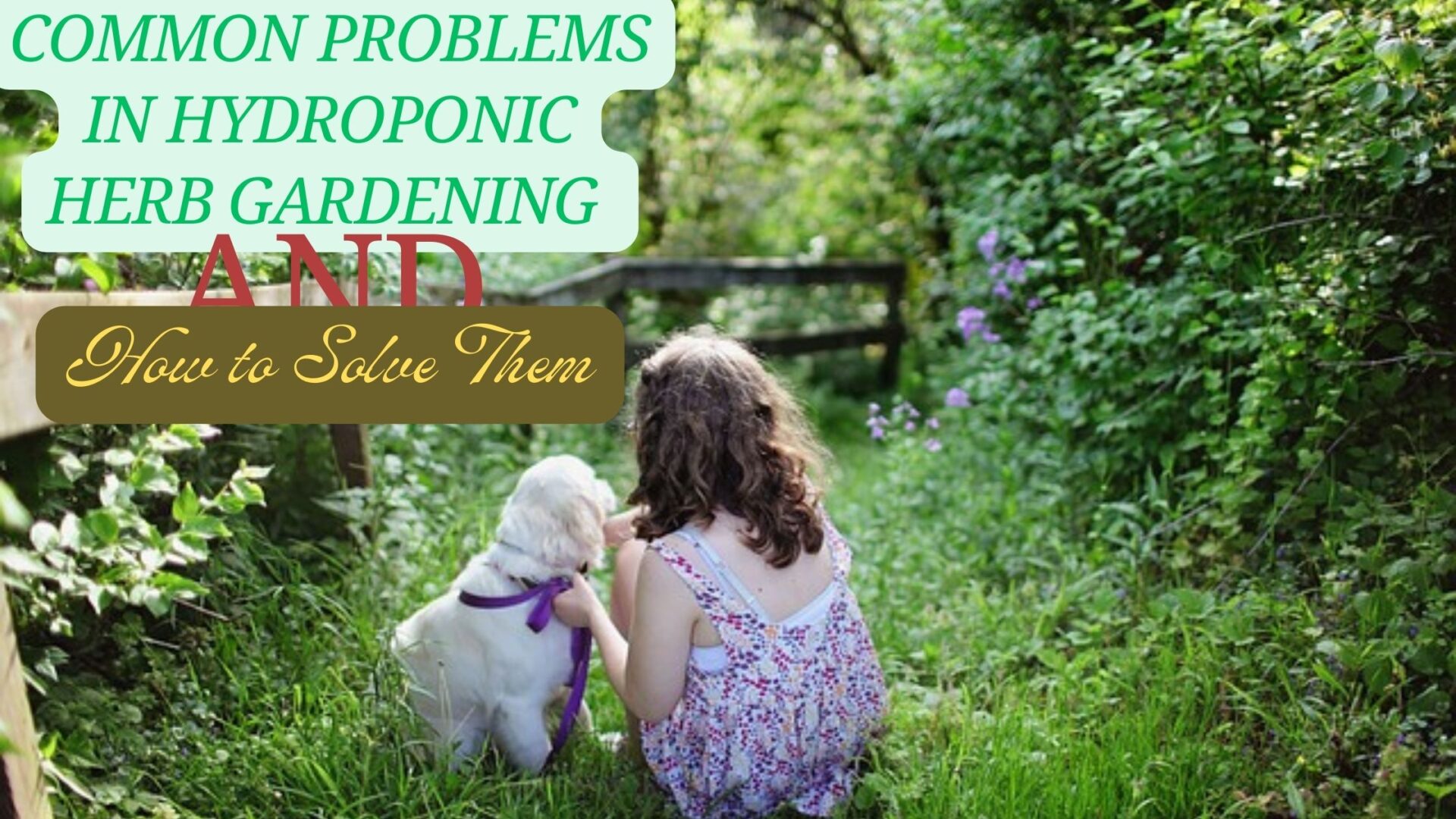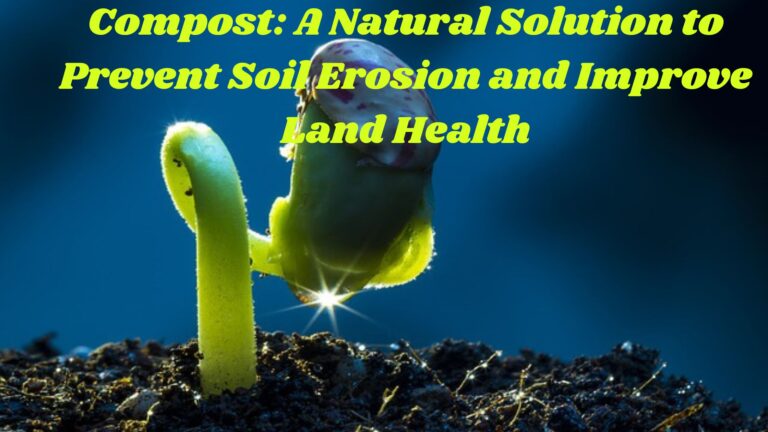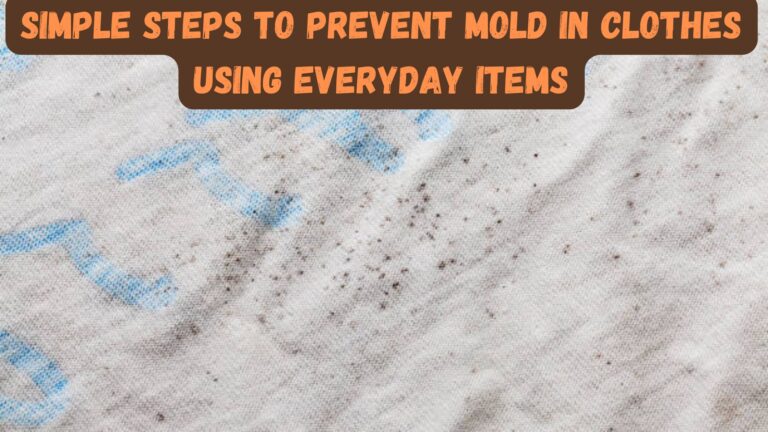Introduction:
Common Problems in Hydroponic Herb Gardening and How to Solve Them

While hydroponic herb gardening provides many advantages, it’s not without its difficulties, similar to any gardening technique. You can increase your chances of having a prosperous and productive hydroponic herb garden by recognizing typical problems and learning how to address them. Some typical problems and solutions include:
Common Problems in Hydroponic Herb Gardening &Solution:
1. Nutrient Imbalance:
Problem: Herbs may exhibit nutrient deficiencies (yellowing leaves, stunted growth) or toxicities (burnt leaf tips, wilting).
Solutions:
- Regularly test the nutrient solution’s concentration using a nutrient meter.
- Follow manufacturer guidelines when mixing nutrients, ensuring thorough dissolution.
- Adjust the nutrient solution if deficiencies or toxicities occur. Add supplements or dilute the solution accordingly.
2. pH Fluctuations:
Problem: The pH level of the nutrient solution can fluctuate, affecting nutrient uptake and plant health.
Solutions:
- Frequently monitor the pH level, aiming for a range of 5.5 to 6.5.
- Use pH up or pH down solutions to maintain the optimal range.
- Ensure that the water source has a stable pH to minimize fluctuations.
3. Waterborne Diseases:
Problem: Pathogens like root rot can thrive in the nutrient solution, leading to unhealthy plants.
Solutions:
- Keep the hydroponic system clean and sterile by disinfecting components regularly.
- Oxygenate the nutrient solution using an air pump to prevent anaerobic conditions that promote pathogens.
- Consider using beneficial bacteria or fungicides to combat harmful pathogens.
4. Algae Growth:
Problem: Algae can grow in the nutrient solution, competing with herbs for nutrients and oxygen.
Solutions:
- Prevent light from reaching the nutrient solution by covering reservoirs and using opaque containers.
- Regularly clean any components that show signs of algae growth.
- Use algaecides specifically designed for hydroponic systems if algae persists.
5. Inadequate Light:
Problem: Insufficient or improper lighting can lead to weak, leggy plants.
Solutions:
- Use grow lights that provide the appropriate spectrum and intensity for herbs.
- Ensure your herbs receive 12-16 hours of light per day.
- Position lights at the correct distance from plants to avoid burning or insufficient light exposure.
6. Temperature Extremes:
Problem: Temperature fluctuations can stress plants, affecting their growth and health.
Solutions:
- Maintain a stable temperature range, ideally between 65-75°F (18-24°C) for most herbs.
- Use fans, heaters, or cooling systems to regulate the temperature if needed.
7. Poor Air Circulation:
Problem: Stagnant air can lead to mold, mildew, and other fungal issues.
Solutions:
- Ensure proper ventilation in your growing area with fans or an exhaust system.
- Avoid overcrowding plants to promote better air circulation around them.
8. Clogged System Components:
Problem: Mineral deposits or debris can clog pumps, tubing, and emitters, disrupting the flow of nutrients.
Solutions:
- Clean and inspect system components regularly to prevent clogs.
- Use filters in your system to catch debris before it clogs critical components.
- Periodically flush the system with clean water to remove any buildup.
By addressing these challenges proactively, you can maintain a thriving hydroponic herb garden. Regular monitoring, maintenance, and a proactive approach to potential problems will help you enjoy the full benefits of hydroponic gardening.
How can I control algae growth in my hydroponic herb garden?
To effectively manage and eradicate algae growth in your hydroponic herb garden, a combination of light-blocking measures and consistent system cleanliness is crucial.
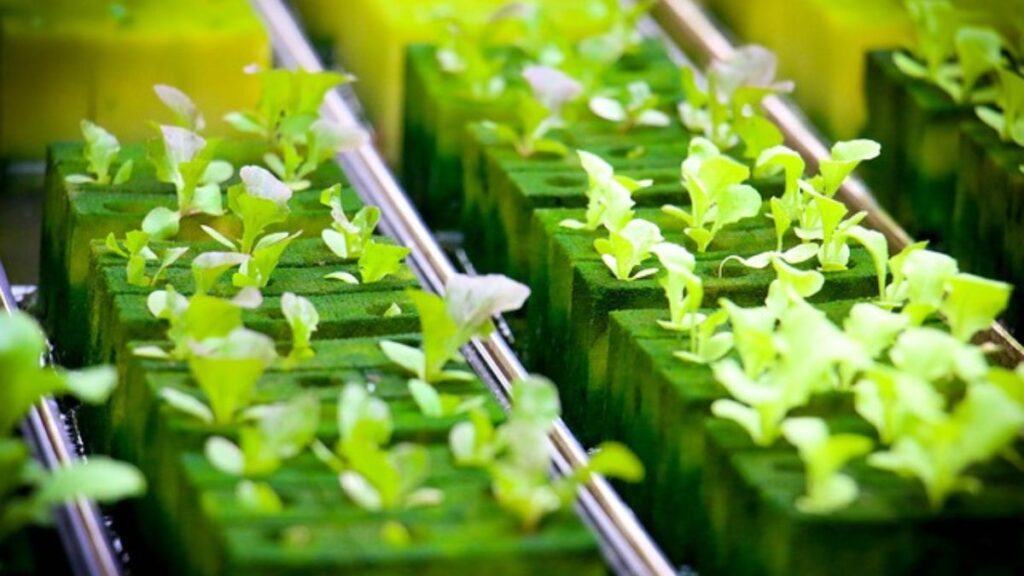
Light-Blocking Measures:
- Reservoir Coverage: Keep the nutrient reservoir completely concealed with opaque materials like black plastic or aluminum foil to prevent light penetration and subsequent algae development.
- Opaque Tubing: Replace transparent tubing with opaque versions to prevent light from reaching the nutrient solution as it circulates through the system.
- Exposed Water Surfaces: Cover any water surfaces exposed to light, such as the tops of net pots or growing media, with light-blocking disks or lids.
- Light Discipline: Ensure grow lights are directed solely at plants, avoiding the nutrient solution or other system components. Adjust light positioning and use reflectors to focus illumination where it’s needed.
System Cleanliness:
- Regular Cleaning: Disassemble and scrub all system components, including the reservoir, tubing, and grow trays, regularly. Use a mild bleach solution or dedicated hydroponic cleaner, followed by thorough rinsing to eliminate cleaning residues.
- Hydrogen Peroxide: Add a measured amount of food-grade hydrogen peroxide (H₂O₂) to the nutrient solution to control algae and pathogens. A common dosage is 3 ml of 3% hydrogen peroxide per liter of water.
- Water Monitoring and Replacement: Regularly monitor water quality and change the nutrient solution every 1-2 weeks to prevent the buildup of algae-promoting nutrients and contaminants.
- Fine Mesh Filters: Install fine mesh filters in the nutrient circulation system to trap algae and debris, preventing their spread.
- Tool Sanitization: Ensure all tools and equipment used in the hydroponic system are sanitized before use to minimize the introduction of algae or pathogens.
Additional Tips:
- Beneficial Additives: Consider using hydroponic additives specifically designed to deter algae growth without harming plants. Research and use these products as directed.
- Algae Monitoring: Stay vigilant for signs of algae growth. Early detection allows for prompt corrective measures before the issue escalates.
- Environmental Control: Maintain suitable temperature and humidity levels. High temperatures can accelerate algae growth, so keeping the nutrient solution cool can mitigate this issue.
- Biological Control: Introduce beneficial organisms, such as certain snail species or fish (in aquaponic systems), to naturally control algae growth.
By implementing these strategies, you can effectively combat algae growth in your hydroponic herb garden, promoting a healthy and productive environment for your plants.
How to Address Nutrient Burn in Hydroponic Herbs:
Nutrient burn can be a common issue in hydroponic herb cultivation. Here are some detailed steps to help you solve this problem:
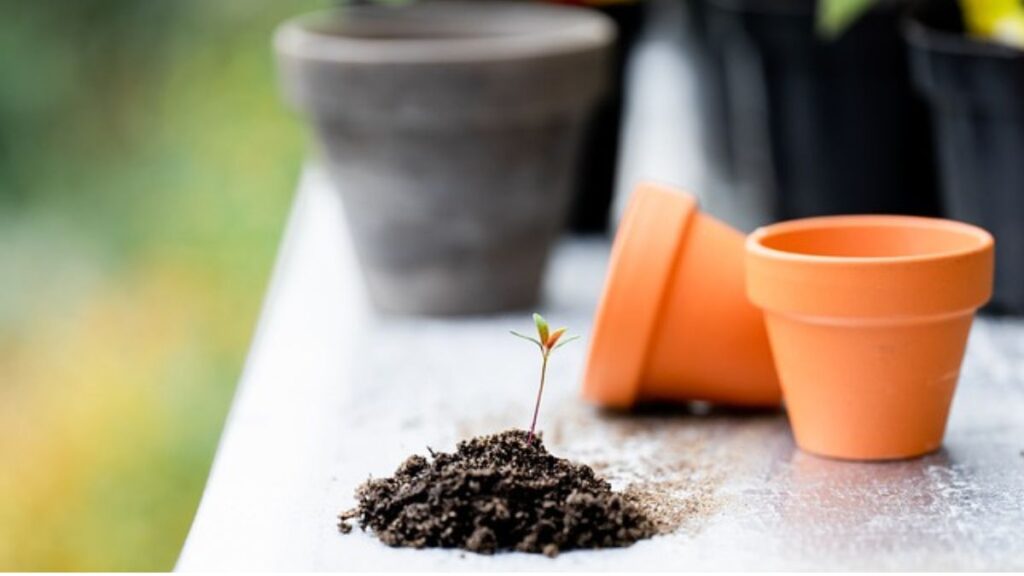
1. Managing Nutrient Concentration
- Dilution: Begin by diluting your existing nutrient solution with pH-balanced water to reduce its concentration. Aim for a 50% reduction initially and adjust based on plant response.
- Manufacturer’s Recommendations: Always follow the nutrient solution manufacturer’s instructions. Start with lower concentrations and gradually increase as needed, especially for young or sensitive plants.
- TDS or EC Monitoring: Regularly measure the Total Dissolved Solids (TDS) or Electrical Conductivity (EC) of your nutrient solution. This helps ensure the concentration remains optimal for your specific herbs.
2. Flushing the Hydroponic System
- System Flush: Empty the current nutrient solution and refill the reservoir with clean, pH-balanced water. Run the system for a day or two to remove excess nutrients from the growing medium and roots.
- Monitoring Plant Recovery: After flushing, observe your plants for signs of recovery. Look for healthier green leaves and normal new growth. If symptoms persist, consider another flush and further reducing nutrient concentration.
3. Additional Tips
- Regular Monitoring: Keep a close eye on your plants for early signs of nutrient burn, such as yellowing or browning leaf tips. Early detection allows for prompt corrective action.
- Gradual Adjustments: When adjusting nutrient concentrations, make changes gradually to avoid shocking the plants. Sudden alterations can cause additional stress.
- pH Levels: Ensure the pH of your nutrient solution falls within the optimal range (typically 5.5-6.5 for most herbs). Incorrect pH levels can affect nutrient uptake and worsen nutrient burn.
- Thorough Mixing: Always mix nutrients thoroughly before adding them to the reservoir. Uneven mixing can result in localized high concentrations that can burn roots.
- Quality Nutrients: Invest in high-quality hydroponic nutrients formulated for your specific herb varieties. Balanced products are less likely to cause nutrient burn when used correctly.
- Adjust for Plant Growth Stage: Different growth stages (seedling, vegetative, flowering) require different nutrient concentrations. Tailor your nutrient solution accordingly to meet the changing needs of your plants.
By following these steps, you can effectively address nutrient burn in your hydroponic herbs, promoting healthy and vigorous growth.
Conclusion
Hydroponic herb gardening presents the potential for challenges, but they are not insurmountable. With a patient attitude, persistent efforts, and a desire to learn, hydroponic herb gardeners can cultivate thriving and vibrant gardens. This leads to an abundant supply of fresh herbs, elevating culinary experiences and enhancing the charm of indoor spaces. By embracing the opportunities and challenges of hydroponic gardening, enthusiasts contribute to the development of sustainable and efficient agricultural practices. This, in turn, paves the way for a future that is greener and more secure in terms of food supply.
